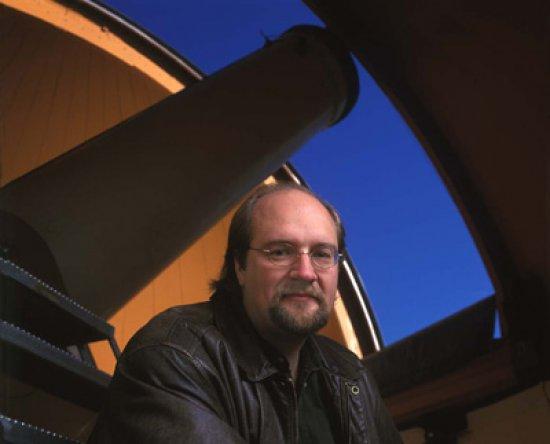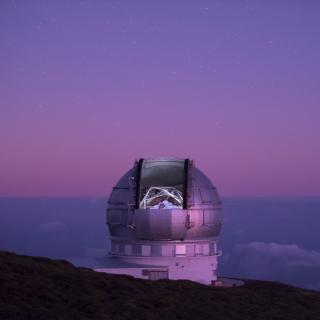Some year ago, astronomers suggested the existence of huge regions of the Universe made up of a kind of matter that cannot be seen, touched or smelt, but which provided a suitable density to the Cosmos. That something invisible should contain matter and, what is more, give lend meaning to the cosmic architecture would seem to be acontradiction. Astrophysicist Steven R. Majewski, from the University of Virginia (USA), has decided to move to where things can be seen better and has made observation his main tool for exploring the dark places that challenge our understanding.
- What role do dwarf galaxies play in the structure and formation of the Milky Way?
Based on simulations including dark matter, we believe that galaxies form hierarchically from the mergers of smaller systems. The smaller systems would be mostly dark matter, but some also contain stars and gas. The gas is a reservoir that subsequently fueled the Milky Way's own star formation, but stars brought in by dwarf galaxies would also contribute to the Milky Way's stellar populations. Evidence that our stellar halo was formed partly, and even substantially, from accreted dwarf systems has been growing over the past three decades, and is vividly demonstrated by the discovery of numerous streams of stars in and around the Milky Way that are the remains of former dwarf galaxies and star clusters.
- Why is the number of dwarf galaxies surrounding the Milky Way lower than predicted by the Cold Dark Matter model?
The models predict a large number of dark matter "subhalos" around galaxies like the Milky Way. The question is how many of these subhalos also host luminous galaxies. There are a number of people working on solutions to this problem, and this very question, and different hypotheses for its solution, is the subject of James Bullock's lectures in this Winter School.
- Could dwarf galaxies made up only by dark matter be possible?
This is what a comparison of the simulations to the observations suggest. Since we see far fewer satellites than the dark matter models predict, it seems that, if the models are correct, then a great fraction of the satellites are in fact dark. It will be a very exciting validation of the models once there is definitive observational evidence for dark satellites.
- It is believed that dark matter exists outside of our galaxy, but can we also find it in our own solar system?
Because the dark matter is expected to be made from some kind of subatomic particle, we should expect dark matter all around us. Unfortunately, it is apparently very hard to detect these particles, which only weakly interact with normal matter. Nevertheless, a number of large projects are underway to detect the dark matter particles in underground laboratories around the world (e.g., in the Homestake and Soudan Mines in the United States and in the Gran Sasso Massif in Italy). If these Earth-bound experiments should succeed in identifying the dark matter particle it will be an enormous achievement and asignificant help for our understanding of what until now has been anelusively mysterious observational signal in, and significantly important problem of, modern astrophysics!



